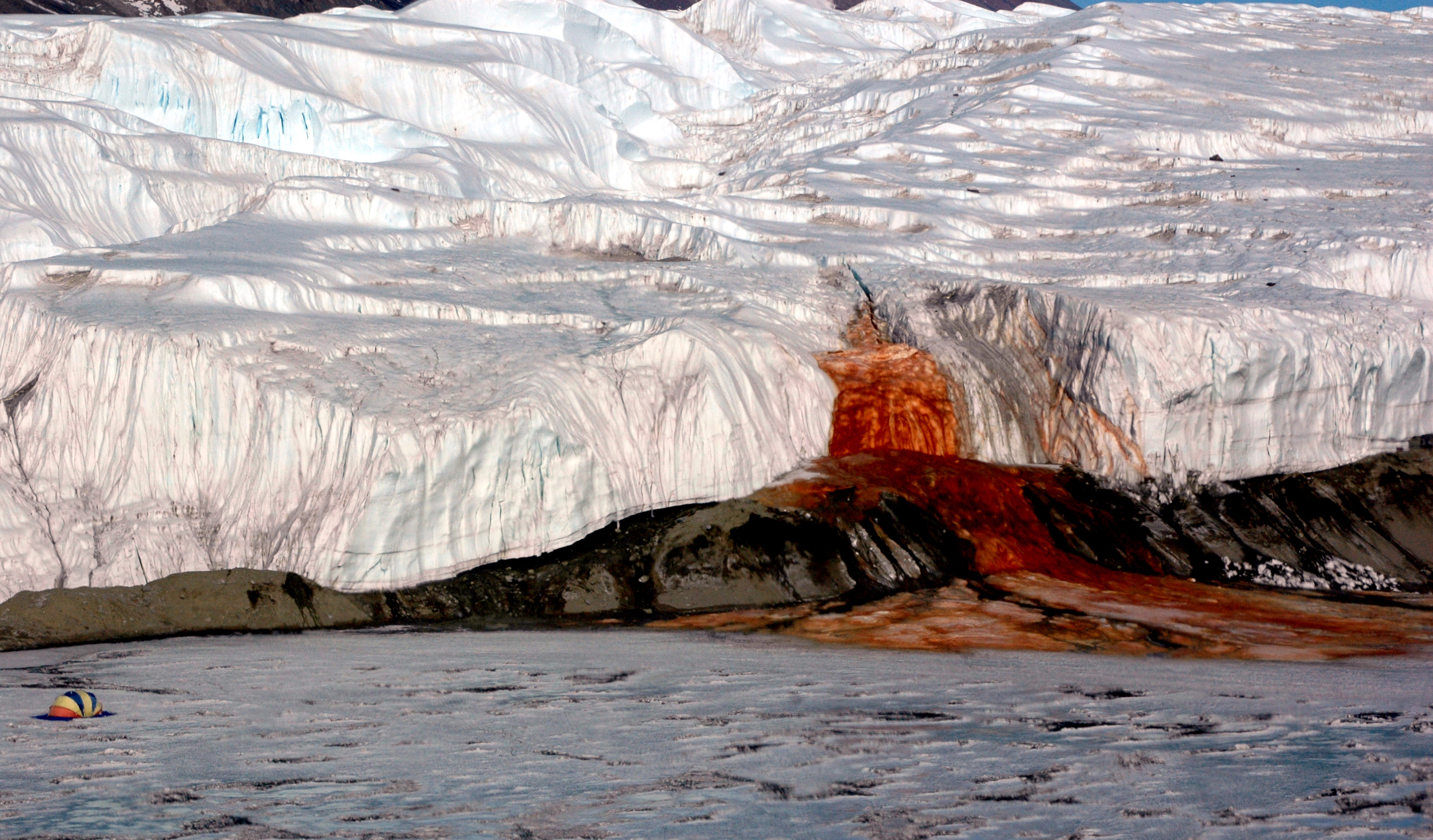 |
| Wild rabbit Courtesy of John Loo |
In 1859, 24 European rabbits were released into the wild in Australia for sport hunting. In only 67 years, their numbers increased to an estimated 10 billion. Rabbits propagate their species quite aggressively. Female rabbits can birth up to five litters, each containing 4-7 offspring annually. This means that it would take a single breeding pair of rabbits 1.5 years to increase the population by 182 rabbits. The consequences of this hyper-breeding is seen everywhere there are rabbits.
Rabbits are burrowing mammals. When their population gets out of control, this burrowing behavior damages the soil and causes soil erosion. They also have a habit of stealing burrows from other burrowing mammals, when they don't have enough to support their population. They are not only stealing the homes of these creatures, but they are making the land incapable of supporting these creatures in the future.
Another aspect of local eco-systems that rabbits destroy is the food supply, which is actually another cause of soil erosion. Studies show that it takes only two rabbits on one hectare of land to keep the plants on that land from growing. They are solely responsible for the near destruction of Hibiscus insutaris, a local plant. Rabbits are also guilty of a habit called ringbark. They use their teeth to remove the bark of trees in a ring around them. This effectively kills the tree. They also eat the little saplings, which keeps the trees from coming back. Other animals find it difficult to compete with the rabbits for food. Roughly 1/8 of all of the mammal species in Australia have been eradicated as a result of rabbit infestation.
All of this destruction is costing the Australian government hundreds of millions of dollars a year. Because of this and the destruction of native species, several attempts have been made to wipe out the rabbit population in Australia. (Animal lovers will not like their methods, but there is no denying that something needs to be done before more animals are made extinct because of this invasive species.) In 1950, the rabbits were given the myxomatosis virus in an attempt to reduce the population. It worked. Nearly 100% of all rabbits in Australia were killed. However, some of the rabbits became immune to the virus and the population became problematic again within a few decades. In the mid to late 90s the method was tried again with a new virus. This virus kills millions of the rabbits annually, but this is still not enough.
There are currently hundreds of millions of rabbits in Australia. This may not be as bad as the billions that once were, but if efforts to reduce the population cease for even a few years, billions of rabbits would appear again. It is a constant job to keep these rabbits in check and there is no end is sight.
Sources
Invasive Animals CRC, Rabbits, retrieved 3/15/10, invasiveanimals.com/invasive-animals/rabbits/index.html
The Effects of Rabbits on the Australian Environment, library.thinkquest.org/03oct/00128/en/rabbits/effect.htm
Animal Planet, Weird True and Freaky, Outback Rabbit Invasion
